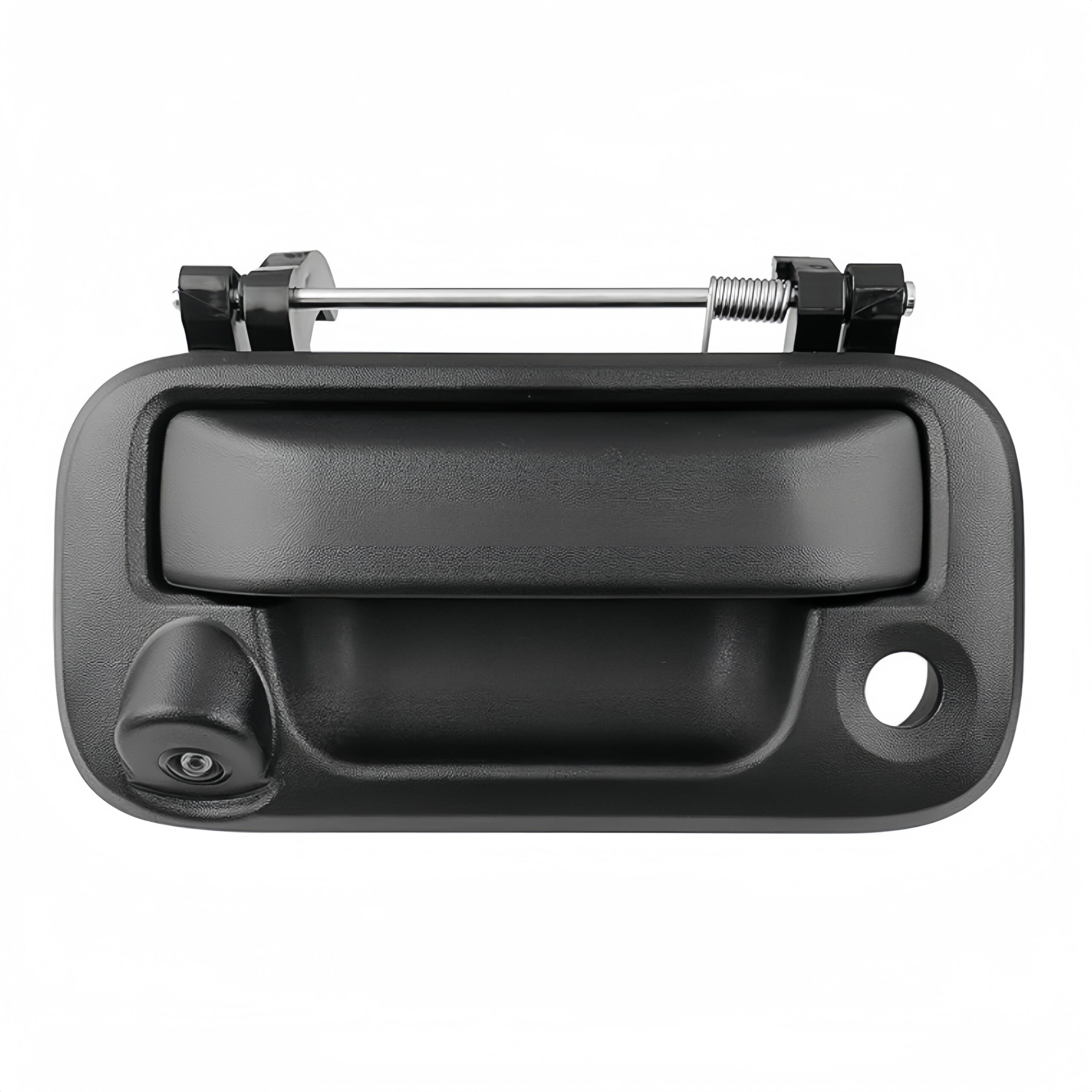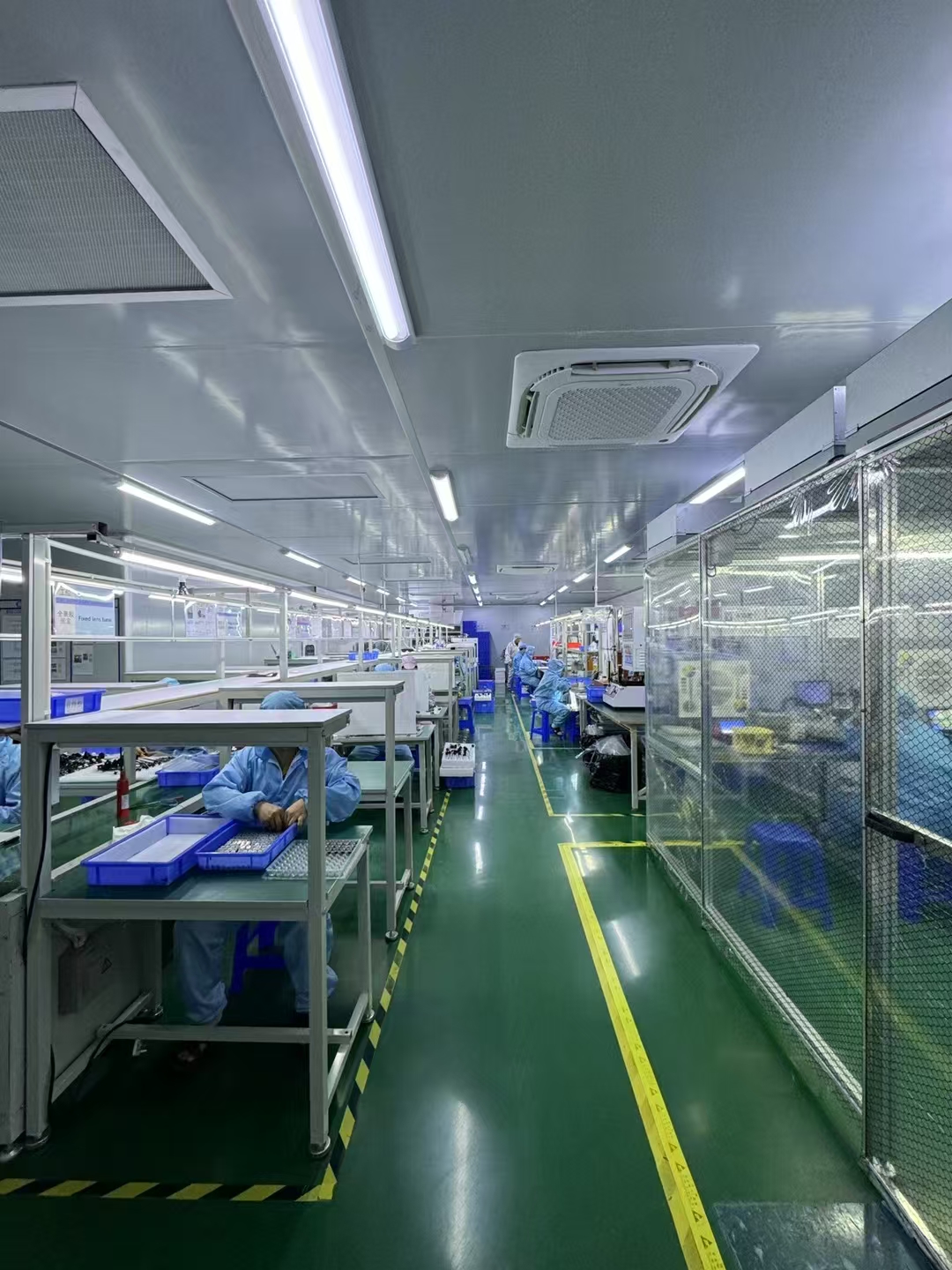Automoción Camera
- OEM/Aftermarket Ready: Customizable designs to fit any vehicle model.
- Compliance: Meets global automotive standards .
- 24/7 Support: Dedicated technical assistance for seamless integration.

Nuestra Automotive Camera productos
Visionary Safety, Precision Engineering, Unmatched Reliability
ford f150 backup camera
dodge ram 1500 backup camera
2013 ford f150 backup camera
Automotive Camera
Automotive Camera
Automotive Camera
Automotive Camera Factory
We design and produce high-performance automotive cameras for OEMs and global brands
Why Us?
- Scalable Production: High-volume OEM/ODM capacity with rapid prototyping.
- Rigorous Quality Control: IP69K waterproofing, shock/vibration testing, and extreme-condition reliability.
- Smart Tech Integration: Expertise in 360° systems, and AI vision solutions.
- Global Compliance: Meet E-Mark, CE, and automaker-specific standards.
- Agile Delivery: Streamlined supply chain with regional warehousing
Trusted for 15+ years, we empower safer, smarter mobility. Contact us to innovate together.

Automotive Camera Mercado Informe de investigación
Valoramos sus consultas y estamos aquí para ayudarle con cualquier pregunta o preocupación con respecto a nuestras cámaras de seguridad AHD y servicios. No dude en ponerse en contacto con nosotros a través de los siguientes canales

Póngase en contacto con nosotros
Antes de empezar a utilizar nuestros servicios, rellene el siguiente formulario para indicarnos qué tipo de sistema de conductos de acero inoxidable desea importar de China.
La guía definitiva de soluciones de embalaje personalizadas de DT-Camera
DT-Camera ofrece soluciones integrales de embalaje personalizadas diseñadas para proteger, mostrar y mejorar sus productos. Ya sea para venta al por menor, proyectos OEM o pedidos al por mayor, nuestros embalajes garantizan que sus cámaras lleguen seguras e impresionen a sus clientes.
The Evolution and Impact of Automotive Cameras: Enhancing Safety Behind the Wheel
Introduction
In the modern automotive landscape, cameras have become indispensable tools for improving driver safety, convenience, and situational awareness. Among these, automotive cameras—particularly backup cameras and reverse cameras—play a critical role in preventing accidents and simplifying vehicle operations. This article explores their technology, applications, and significance in today’s vehicles.
1. What Are Automotive Cameras?
Automotive cameras are specialized imaging systems integrated into vehicles to assist drivers in monitoring their surroundings. They range from basic rearview cameras to advanced multi-camera setups supporting 360° views, parking aids, and autonomous driving functions.
Key Components:
- High-Resolution Sensors: Capture real-time video (720p to 1080p).
- Wide-Angle Lenses: Eliminate blind spots (typically 120°–180° field of view).
- Image Processing Units: Enhance clarity, reduce glare, and overlay guidelines.
- Durable Housings: Weatherproof (IP67+/IP69K-rated) for harsh environments.

2. Automotive Backup Cameras: A Lifesaving Innovation
Automotive backup cameras (also called reverse cameras) are rear-facing cameras activated when a vehicle shifts into reverse gear. Mandated in many countries since the early 2010s, they address the longstanding challenge of rear blind zones.
How They Work:
- Activation: Automatically turns on when the transmission is in reverse.
- Live Feed: Displays real-time footage on the dashboard screen.
- Guidelines: Dynamic or static gridlines help gauge distance to obstacles.
Safety Impact:
- Reduces backup collisions by ~17% (NHTSA data).
- Critical for detecting children, pets, or low-lying objects behind SUVs and trucks.
3. Reverse Cameras vs. Multi-Camera Systems
While reverse cameras focus solely on the rear view, advanced setups combine multiple cameras for comprehensive coverage:
- 360° Surround-View Systems: Use four cameras (front, rear, sides) to create a bird’s-eye view.
- Front-Mounted Cameras: Aid in parking and obstacle detection.
- Side Cameras: Replace traditional mirrors for aerodynamics and visibility.
Integration with ADAS:
Reverse cameras often work alongside sensors and radar in Advanced Driver-Assistance Systems (ADAS), enabling features like:
- Automatic Braking if an obstacle is detected.
- Cross-Traffic Alerts for approaching vehicles.
4. Technological Advancements
Modern automotive cameras are leaps ahead of early analog models:
- Night Vision: Infrared (IR) LEDs illuminate dark environments.
- AI Object Recognition: Identifies pedestrians, cyclists, and traffic signs.
- Augmented Reality (AR): Overlays navigation prompts onto camera feeds.
5. Applications Beyond Passenger Vehicles
While common in cars, these cameras are vital in other sectors:
- Commercial Trucks: Monitoring blind spots during trailer coupling.
- Construction Equipment: Safely maneuvering heavy machinery.
- Electric Vehicles (EVs): Streamlined designs with camera-based mirrors.
Conclusion
Automotive backup cameras and reverse cameras exemplify how technology can transform everyday driving into a safer, more intuitive experience. As vehicles evolve toward autonomy, these cameras will remain foundational—bridging human oversight with machine precision. Whether navigating a crowded parking lot or towing a trailer, they empower drivers to “see the unseen” and act with confidence.
By understanding their capabilities and staying abreast of innovations, consumers and manufacturers alike can harness the full potential of automotive vision systems.
Índice
Solicite presupuesto ahora
Nuestros competentes ingenieros y diseñadores están preparados para colaborar con usted en el desarrollo de la experiencia de envío personalizada definitiva.
